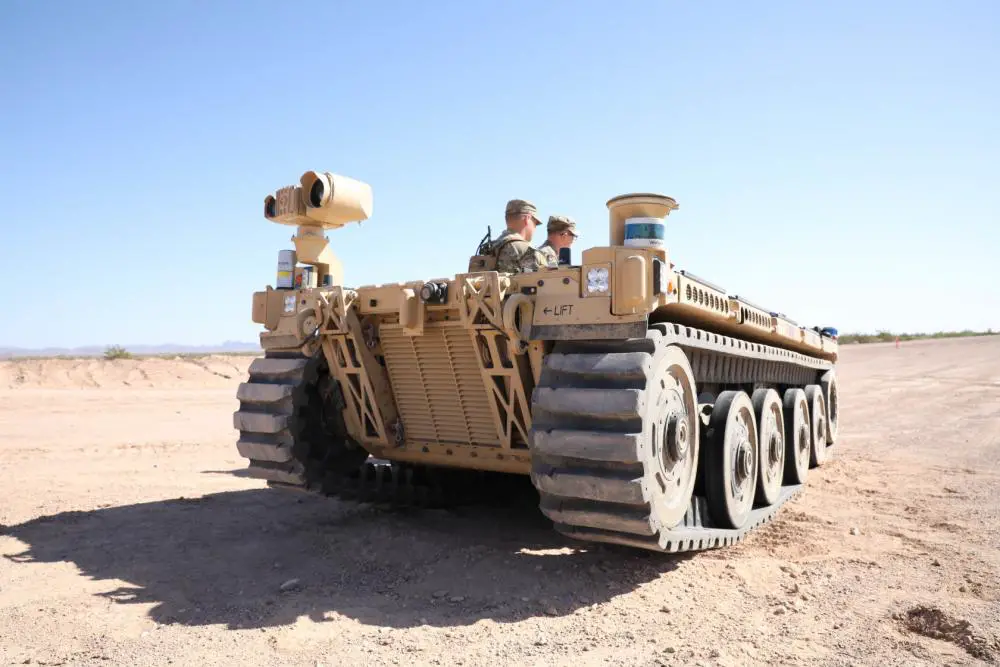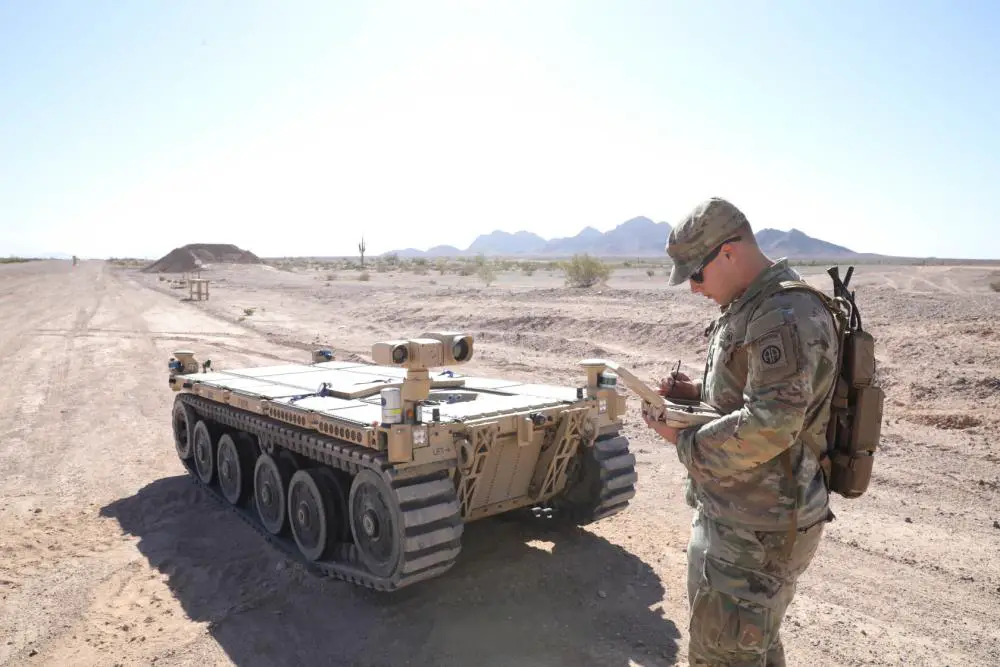Project Convergence, the Army’s campaign of learning, has returned to U.S. Army Yuma Proving Ground, and is making history once again. For the first time ever, every branch of the United States’ armed forces are testing their sensor-to-sensor capabilities in tandem. In addition to representation from all branches of the military, this year’s iteration features all eight of the Army Futures Command’s cross-functional teams (CFTs). There is also a dramatically larger Soldier presence. Among these CFTs is the Next Generation Combat Vehicle (NGCV), which seeks to procure a variety of new combat vehicles and capabilities, including the ability to operate unmanned.
The scope and scale of the demonstration, involving experimentation with novel technologies that included multiple locations hosting autonomous vehicle testing simultaneously on YPG’s vast desert ranges, meant far more extensive planning, site reconnaissance, and security planning prior to the event. The complexity of these realistic scenarios required months of pre-planning to ensure they were conducted safely. YPG’s large range and extremely isolated geographic location far away from any populated areas is a major advantage to conducting these realistic demonstrations safely. Nonetheless, the safety planning was still a complex operation. During the actual period of experimentation in October and November, 60-hour work weeks were standard for many of the supporting YPG personnel, and some workers even exceeded that.

“We’re supporting a wide variety of platforms out here. Some of them have very minimal footprints, some are very large truck and trailer assemblies driving unmanned down the YPG roads. We’re doing some unprecedented stuff. There are several gun positions that our Munitions and Weapons Division typically uses that we’re utilizing for PC 21. It really provides an organic, realistic mission-based approach to the scenarios that we are executing. Rather than having multiple disjointed efforts, it flows geographically in time and space. Our safety posture has been a big game changer. We did a lot of good strategic planning ahead of the game and worked with the tech sponsors and our partners at AFC to really identify a safe game plan that met the mission requirements,” said Jacob Obradovich, NGCV Cross Functional Team Integrator.
Despite all of the intensive planning prior to the event, inevitably there were unforeseen needs that occurred. YPG’s extensive test infrastructure, experienced personnel, and institutional knowledge made filling these needs virtually seamless as they occurred. The test personnel were also excited to work with a large contingent of Soldiers from the Army’s 82nd Airborne Division that were on-site supporting the demonstration this year. The complex scenarios involving hundreds of Soldiers and test personnel have been carried out successfully and without injury. The effort’s success also depended on extensive support from multiple organizations within YPG.
